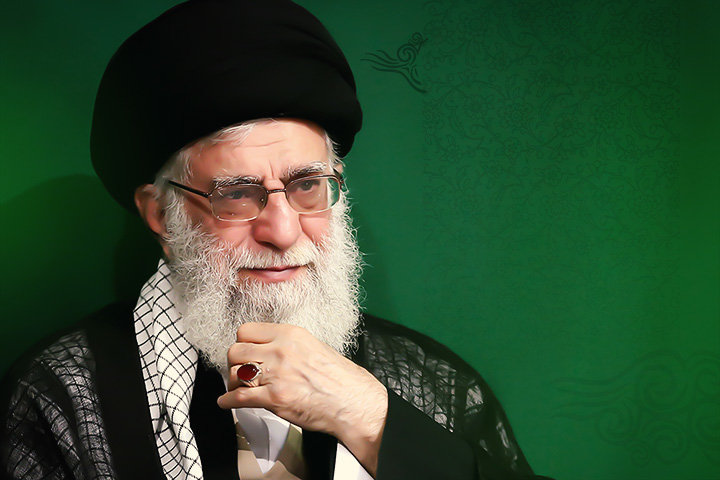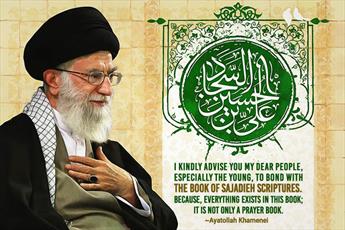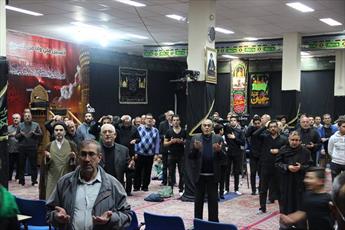Hawzah News Agency (Tehran, Iran) - Here are some excerpts from Ayatollah Khamenei's remarks on the life of Imam Sajjad (as):
The magnanimous Imam Sajjad (as) lived for almost thirty-four years after the Karbala event, in an Islamic environment of that time. His life history is full of lessons; hopefully, those who are aware of the qualities of his life, will relate them to the people: to Muslims and even non-Muslims, so that everybody learns how our fourth great Imam (as), after Ashura, which was a huge blow to the pure and true Islam, managed to stand alone and prevented the destruction a religion's foundation.
It is quoted that after Imam Sajjad (as) returned to Medina, following the event of Ashura, a person came to him and said: 'Son of Prophet! See what has happened because you went there!' The caravan returned with only one man — Imam Sajjad (as); the women were captured, suffered, and mourned; Imam Hussain (as) was no longer among them; neither Aliakbar nor the infant child were left among them. Imam Sajjad (as) replied to that person: 'Think what would have happened, if we had not gone!' Yes, if they had not gone, the bodies would have survived, but the truth would have been destroyed; the souls would have melted; their consciences would have been trampled; the wisdom and logic would have been condemned throughout history, and even the name of Islam would not have remained.
March 18, 2002
Sometimes maintaining the goal and value of the martyrs’ blood is just as important as martyrdom itself. The thirty-years of suffering endured by Imam Sajjad (as) and the suffering of Zaynab Kubra (as), for several years, is of this kind. They suffered to hold onto this blood. After them, all the Imams (as) incurred this suffering until the time of absence. Today, it is our duty. Of course, today, the situation is different compared to that time. Presently, thanks be to God, the government of Truth — that is, the government of martyrdom — is upright. So, we have duties to perform.
May 07, 1997
If the survivors of martyrs and main figures, from different events — such as the martyrdom of Hussein ibn Ali (as) in Ashura — do not preserve the teachings of martyrdom, the subsequent generations will not profit from the blessings of martyrdom.
September 20, 1989
The magnanimous Imam Sajjad (as) lived for almost thirty-four years after the Karbala event, in an Islamic environment of that time. His life history is full of lessons; hopefully, those who are aware of the qualities of his life, will relate them to the people: to Muslims and even non-Muslims, so that everybody learns how our fourth great Imam (as), after Ashura, which was a huge blow to the pure and true Islam, managed to stand alone and prevented the destruction a religion's foundation. If it was not for the efforts of Imam Sajjad (as), the martyrdom of Imam Hussein (as) would have been annihilated, and its effects would no longer remain.
July 14, 1993





Your Comment